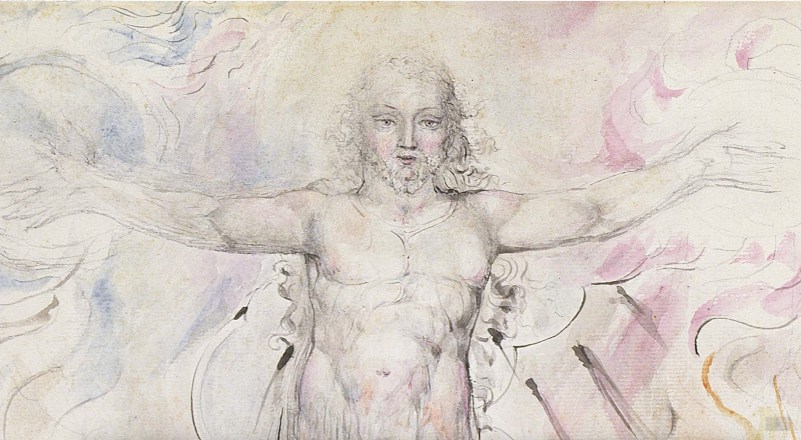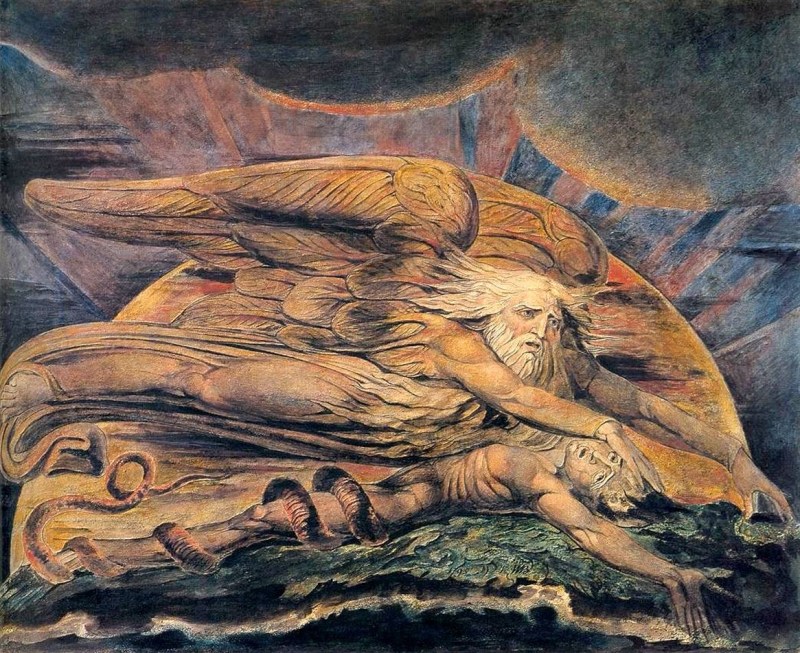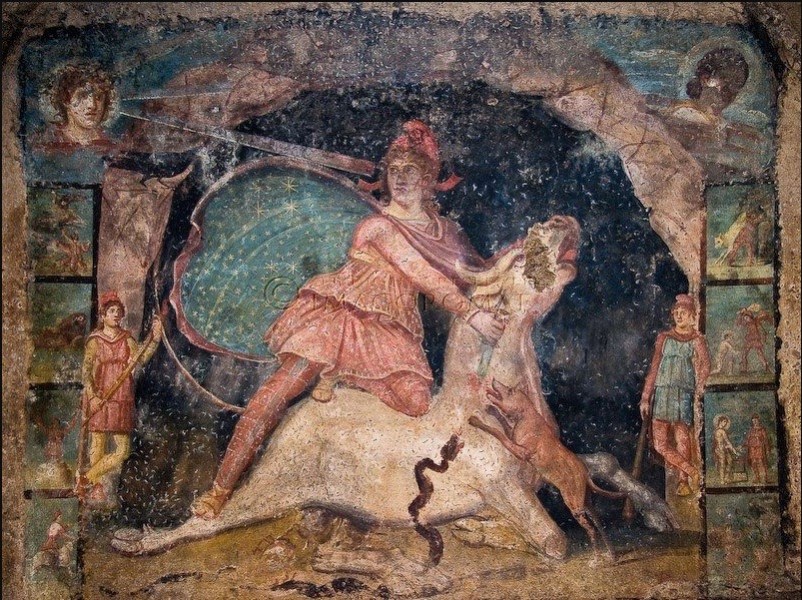Embodying Heaven: The Body in Blake’s Dante, by Silvia Riccardi
Images of Transfiguration: Trasumanar and Transformation in Paradise


Introduction: Inside Blake’s Body
Dante’s journey in the otherworld has introduced generations of readers to the consequences of the divine judgment, the architecture of sin and salvation, the moral condemnation of materialism, and the pilgrim’s encounter with God. God is the “somma luce” (“eternal beam”), which cannot be grasped by means of human understanding. The blinding light of redemption thus remains a mystery untold in the Commedia.

